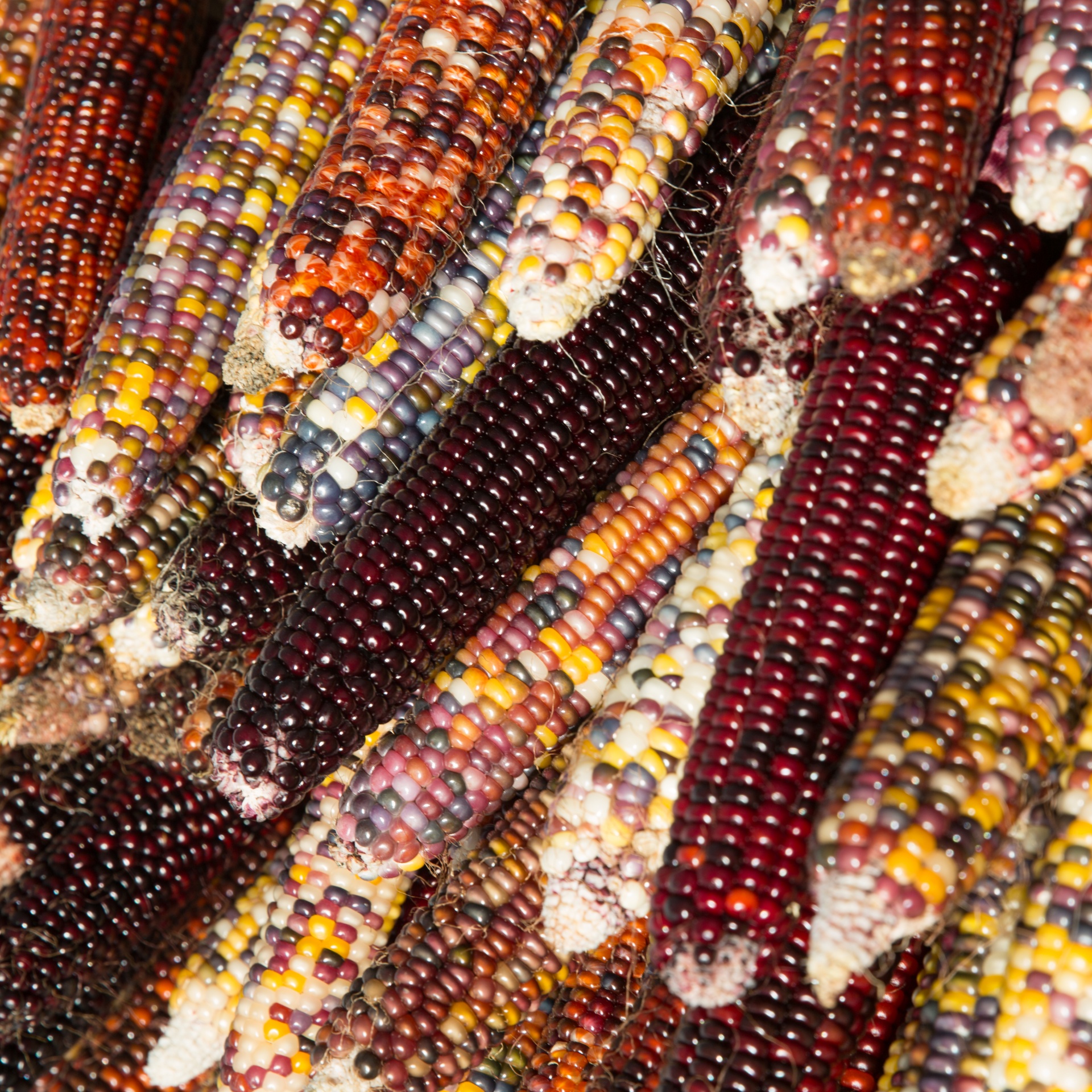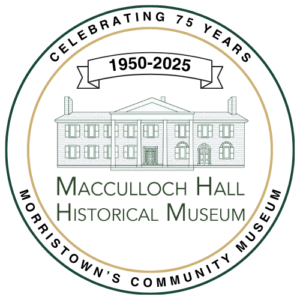Corn, also called maize, did not always grow in North America but was original to Central America where it grew as a grass (teosinte). Through the cultivation methods of the indigenous people, corn cobs and kernels that were once only a few inches long with eight rows of small kernels were transformed over thousands of years to the corn that we recognize today. Corn continues to be critical to the success of our country. Corn is the largest crop grown in the United States. 91.7 million acres were planted in 2019, according to the USDA, which is equivalent to 69 million football fields.
It is important to remember that corn production today began with the sharing of seeds and instructions on how to grow corn by local indigenous people with newly arrived English settlers. Every part of the corn plant was used. Corn cobs were used as fuel. Corn husks were braided into masks, mats, dolls, and baskets. Corn was a main food source, ground into corn meal for breads and puddings.
In 1990, President George H. W. Bush established November as National American Indian Heritage Month, today known as Native American Heritage Month.
To learn more about the Native American History of Corn: http://www.nativetech.org/cornhusk/cornhusk.html with an additional link to recipes.
Hear Traci Sorrel’s We Are Grateful Otsaliheliga: https://www.youtube.com/watch?v=xLD5YbPXSl8
For the history of the corn husk doll from the Frisco Native American Museum & Natural History Center in North Carolina: https://nativeamericanmuseum.org/22-september-2014-corn-husk-doll-2/
More about the origin of the corn husk doll with directions to make one: https://www.youtube.com/watch?v=GSuqtFAgjys

Topic:
Age / Level:

